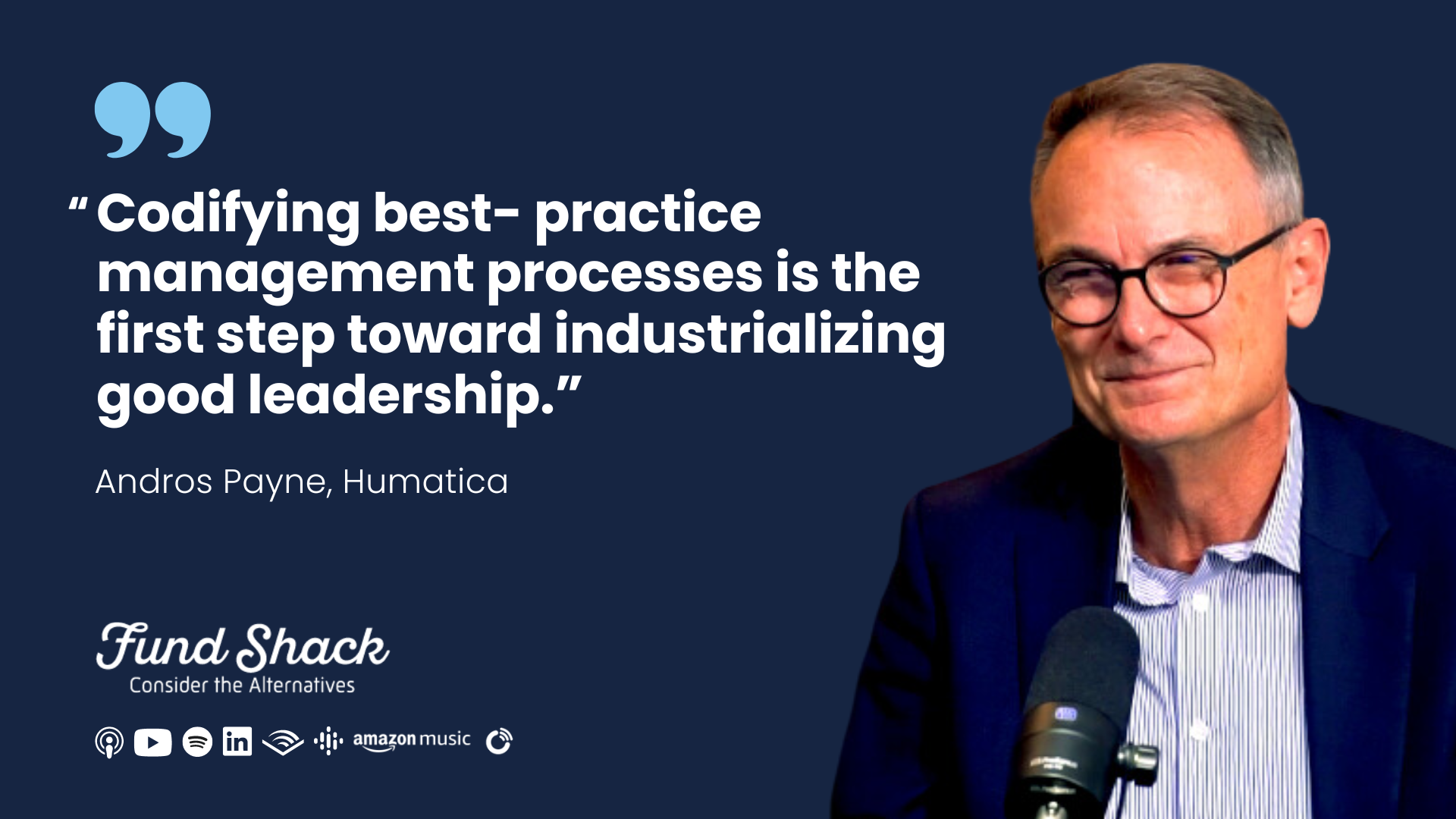
Elon Musk’s dramatic Reduction in Force at Twitter (affectionately known as “RIF” in the US) is both an early indication of more to come, and a good example of how NOT to do it. He has put the brand and company at risk by neglecting the reality that talented employees are the motor of value creation by collaboratively driving continuous innovation and adaptation in competitive markets.
Despite efforts to invest in resilient sectors over the last few years, private equity is now facing a new challenge that investors have not experienced since the Global Financial Crisis over ten years ago – how to reduce cost without impairing value, and without government support?
Rightsizing is never fun. However, done properly, it can be a liberating moment for organisations, that unlocks new potential – increasing both efficiency and effectiveness. There are six steps to success:
1. Understand the cost point needed to achieve financial objectives up front. Top-down cost reduction targets need to be clear from the beginning. And, they should err on the conservative side to avoid a demotivating “death by a thousand cuts”.
2. Senior management needs to assume the risk of downsizing for managers. There are always risks involved with workforce reductions. Middle managers will come with reasons why a reduction will result in chaos. Senior executives, often the CFO, need to be comfortable taking the calculated risk themselves in order to see a RIF through.
3. Understand time spent and productivity drivers in order to make clear choices of where and how headcount reductions are justified. It’s better to be selective and strategic about cost reductions that set the company-up for future success, rather than default to a “haircut” approach. A deep activity survey, like Humatica’s modas, delivers the necessary fact-base for good cost-out decisions.
4. Look for opportunities to reduce layers and teams rather than piecemeal reductions. In particular, increasing spans-of-control by resolving structural inefficiencies in the organisation and delayering also improves effectiveness, communications and decision-making in the organisation. And, it releases the potential of ambitious high-performers.
5. Utilise a fact-based view of individual performance for selection. Reliable information is often lacking because of poor talent management and feedback processes. Humatica’s calibrated review approach delivers accurate information on individual performance to enable best decisions.
6. Communicate the vision beyond the rightsizing and put cost reduction in this context. There needs to be a better future beyond the immediate pain of a rightsizing effort. And, it’s leadership’s job to explain this.
Done properly, rightsizing can be a liberating inflection point for a firm. Done poorly, it can spell the beginning of the end of the company. Elon Musk’s unorthodox example with Twitter will surely provide interesting lessons learnt in the coming weeks and months.

The fund landscape is changing faster than ever before, creating winners and losers in an increasingly competitive private equity ecosystem. Higher real interest rates are…
Read more
In the third episode of our Beyond Culture Series, we talk about industrializing best practice management processes. Link to Video 1:07 Register here to join our live…
Read more
There’s increasing focus on “culture” as an elusive driver of value growth. Creating a “high performance culture” has become the mantra for transforming buy-outs to…
Read more